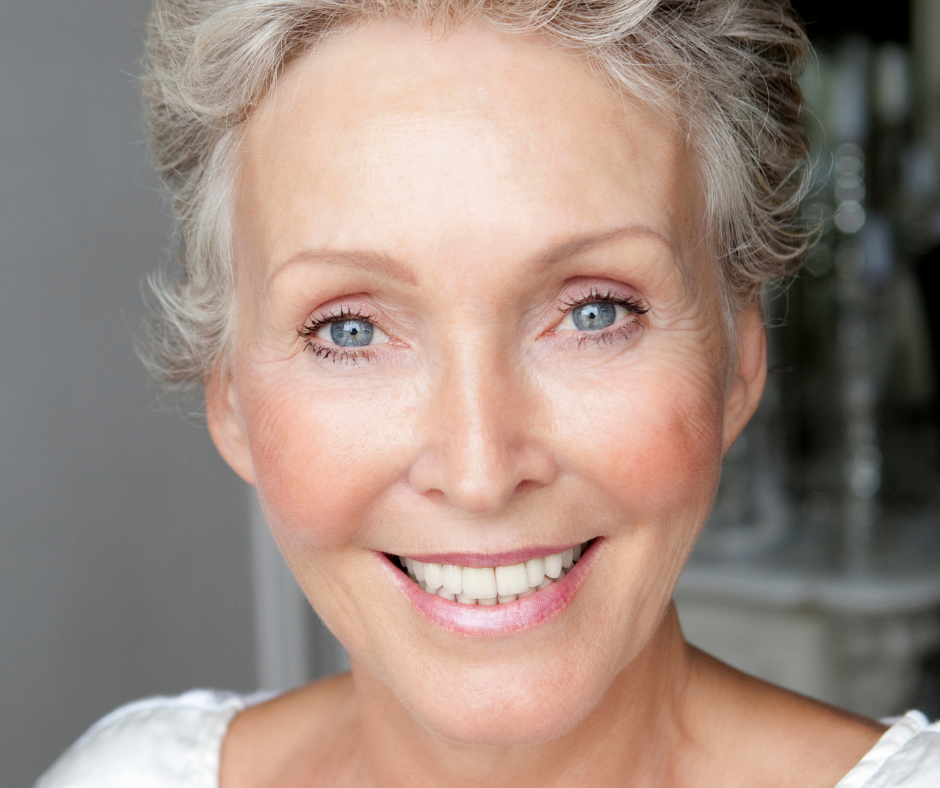PRP stands for Platelet Rich Plasma, a very high concentration of nutrient-rich cells that contain collagen producing growth factors. PRP is an all-natural regenerative treatment for anti-aging. PRP treatments utilize one’s own healing properties to slow and reverse the common signs of aging in the skin, revitalizing the skin, leaving it refreshed and rejuvenated.
What is the process of a PRP Facial?
The facial begins with a topical anesthetic cream being applied to the face in order to minimize sensitivity. Once the cream is applied, a simple blood draw, like the one you receive during a routine blood test, is taken from the arm. The drawn blood is then placed in a centrifuge to isolate the platelet-rich plasma. While the nutrient dense plasma is being isolated, the cream is removed. A process called dermal needling is then performed utilizing a dermal roller or an electronic device. This process of micro needling stimulates the healing response to release growth factors that produce collagen. The isolated PRP is then applied to the entire face, introducing an additional amount of concentrated growth factors that enable maximized skin rejuvenation.

What results should be expected?
Because of the release of epidermal growth factors, a PRP biofacial results in the presence of increased collagen and greater epidermal integrity. This means that the facial skin appears smoother and tighter, minimizing fine lines and scar tissue. Tone and texture is improved and the skin layers are actually strengthened.
How many treatments are recommended for optimal results?
Optimal results are typically seen with a total of six treatments, spaced 1 to 2 weeks apart. Because PRP works in creating one’s own collagen, maximum results of these treatments are seen in three months. Once the initial treatments are completed, it is recommended to have one maintenance treatment every three months.
